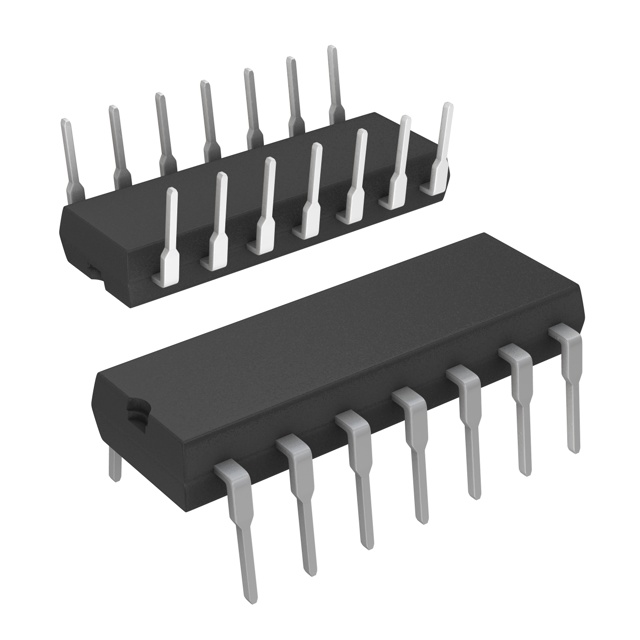In Stock : 0
Please send RFQ , we will respond immediately.









NLVVHC1G05DFT2G Specifications
-
TypeParameter
-
Package / Case5-TSSOP, SC-70-5, SOT-353
-
Supplier Device PackageSC-88A (SC-70-5/SOT-353)
-
Mounting TypeSurface Mount
-
Operating Temperature-55°C ~ 125°C
-
Max Propagation Delay @ V, Max CL7.5ns @ 5V, 50pF
-
Input Logic Level - High1.5V ~ 3.85V
-
Input Logic Level - Low0.5V ~ 1.65V
-
Current - Output High, Low-, 8mA
-
Current - Quiescent (Max)1 µA
-
Voltage - Supply2V ~ 5.5V
-
FeaturesOpen Drain
-
Number of Inputs1
-
Number of Circuits1
-
Logic TypeInverter
-
PackagingBulk
-
PackagingTape & Reel (TR)
-
Product StatusActive
-
Series74VHC
The NLVVHC1G05DFT2G is a specific integrated circuit chip from ON Semiconductor. It is a single inverter gate chip that belongs to the VHC (Very High-Speed CMOS) logic family. Here are some advantages and application scenarios of this chip:Advantages: 1. High-speed operation: The VHC logic family is known for its high-speed operation, making it suitable for applications that require fast switching times. 2. Low power consumption: The NLVVHC1G05DFT2G chip is designed to consume low power, making it suitable for battery-powered devices or applications where power efficiency is crucial. 3. Wide operating voltage range: This chip can operate within a wide voltage range, typically from 2.0V to 5.5V, allowing it to be compatible with various power supply levels. 4. Small form factor: The chip comes in a small SOT-353 package, making it suitable for space-constrained applications or designs where miniaturization is important.Application scenarios: 1. Digital logic circuits: The NLVVHC1G05DFT2G chip can be used in various digital logic circuits, such as flip-flops, counters, multiplexers, and registers. 2. Signal conditioning: It can be used for signal conditioning applications, where the chip can invert or buffer signals to match the required voltage levels or impedance. 3. Clock distribution: The chip can be used in clock distribution networks, where it can help in buffering or inverting clock signals to synchronize different components in a system. 4. Level shifting: It can be used for level shifting applications, where the chip can convert signals from one voltage level to another, enabling communication between devices with different voltage requirements.It's important to note that the specific advantages and application scenarios may vary depending on the requirements and design considerations of a particular project.
NLVVHC1G05DFT2G Relevant information

















